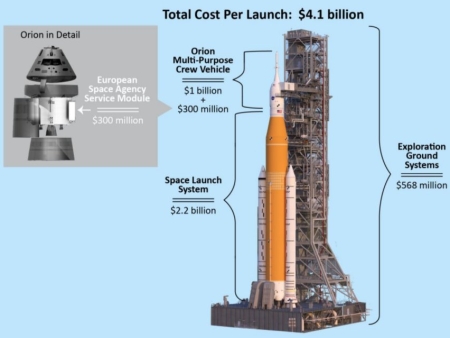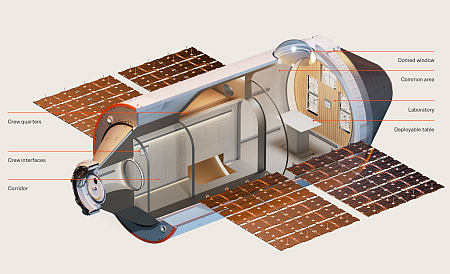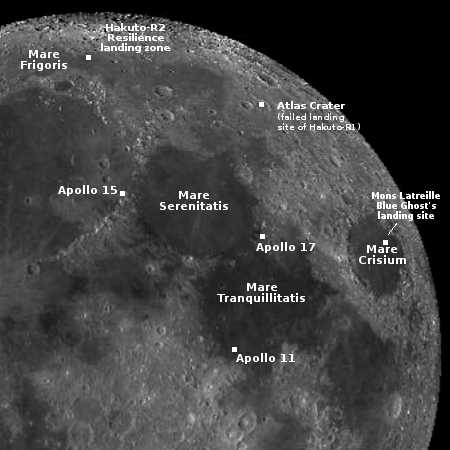Falklands public wants the freedom to choose between OneWeb and Starlink
Even as the Falklands government is demanding its money back from OneWeb for not activating its service on time, it appears the public on those islands has buying and using Starlink terminals, even though it is presently illegal to use it there.
The high level of Starlink usage sparked a successful petition backed by 70% of the island’s population. This petition demanded both a reduction of the £5,400 FIG VSAT licence fee and formal approval for Starlink’s operation in the Falkland Islands.
In response, a Starlink Select Committee – comprising all of the island’s MLAs – convened from July to October 2024. The committee formally endorsed the petition’s demands, and the proposal was subsequently forwarded to the Falkland Islands Government (FIG) for implementation. However, the effective date for this approval has now been delayed until April.
Because Sure International holds an exclusive monopoly telecommunications licence, Starlink’s use in the islands is currently illegal. Nonetheless, this restriction has not prevented the widespread installation of hundreds of Starlink terminals, which remain unlicensed.
Sure International apparently provides internet service though traditional land lines. The cost difference compared to Starlink is considerable, with Starlink being far cheaper and providing much faster speeds. Meanwhile, OneWeb has failed to deliver and is losing this business. By April expect Starlink to be approved.
Hat tip to BtB’s stringer Jay.
Even as the Falklands government is demanding its money back from OneWeb for not activating its service on time, it appears the public on those islands has buying and using Starlink terminals, even though it is presently illegal to use it there.
The high level of Starlink usage sparked a successful petition backed by 70% of the island’s population. This petition demanded both a reduction of the £5,400 FIG VSAT licence fee and formal approval for Starlink’s operation in the Falkland Islands.
In response, a Starlink Select Committee – comprising all of the island’s MLAs – convened from July to October 2024. The committee formally endorsed the petition’s demands, and the proposal was subsequently forwarded to the Falkland Islands Government (FIG) for implementation. However, the effective date for this approval has now been delayed until April.
Because Sure International holds an exclusive monopoly telecommunications licence, Starlink’s use in the islands is currently illegal. Nonetheless, this restriction has not prevented the widespread installation of hundreds of Starlink terminals, which remain unlicensed.
Sure International apparently provides internet service though traditional land lines. The cost difference compared to Starlink is considerable, with Starlink being far cheaper and providing much faster speeds. Meanwhile, OneWeb has failed to deliver and is losing this business. By April expect Starlink to be approved.
Hat tip to BtB’s stringer Jay.





